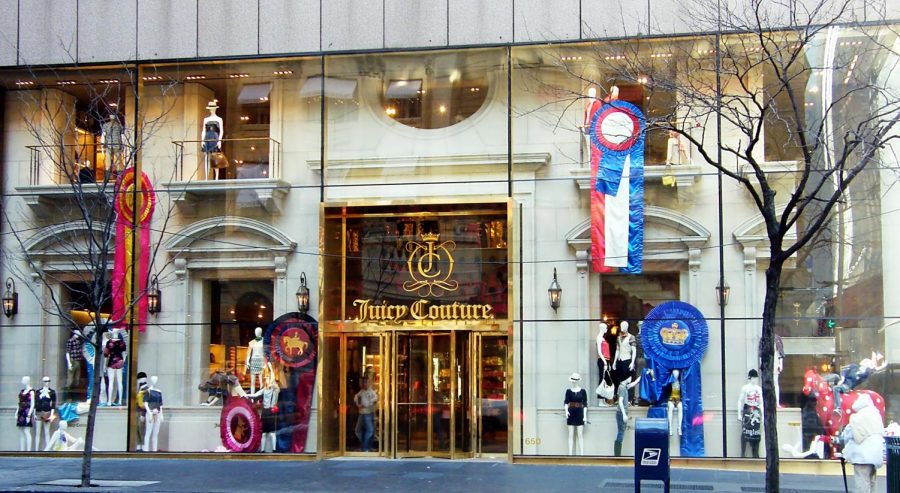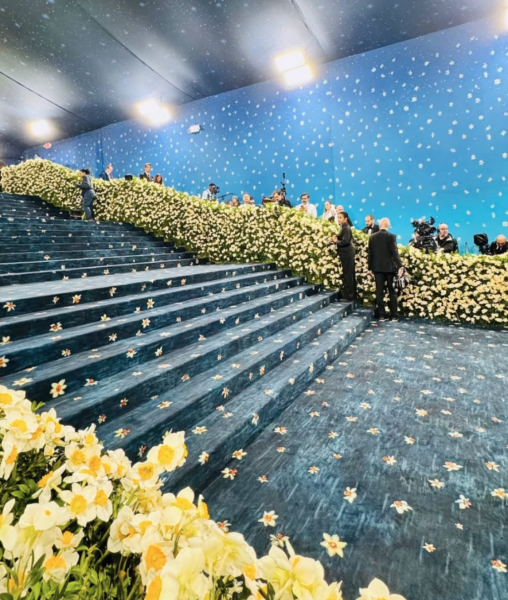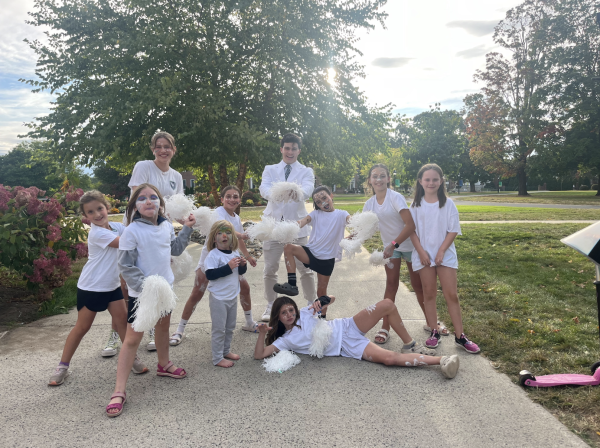Hemlines, Fashion Trends, and the Economy
The shorter the skirt, the better the economy.
Last year, an October CNN Business article revealed that there is a 98% chance of a global recession in 2023. The probability reading, according to investments research firm Ned Davis Research (NDR), has only been this high twice before — in 2008 and 2020. A recession constitutes a prolonged drop in output across all leading economic indicators.
Fashion trends impact the economy and consumer habits, and vice versa, more than you might think. There are a multitude of factors that go into accurately predicting an upcoming recession, and the length of your skirt is one of them, according to the Hemline Index.
Trevor Davis, a consumer products expert at IBM, said “pent up spending” is “diverted to increased heel height to match a lighter mood and a sense of freedom and escape.”
The Hemline Index establishes that skirt length directly correlates to market conditions. Short hemlines indicate a booming economy. Conversely, long skirts are associated with a declining economy. This has been the case since 1929, according to data from a 2010 economic analysis by Marjolein van Baardwijk and Philip Hans Franses, published in Econometric Institute Research Papers from Erasmus University Rotterdam, Erasmus School of Economics (ESE).
In the quantitative study, they found that in times of financial prosperity, women would want to show off their new stockings. Moreover, as fabric was more expensive in times of growth, designers would make skirts shorter to cut costs.
This index serves as a predictor of where financial markets are headed.
In addition to the Hemline Index, there are other fashion-based recession indicators, such as the High Heel Index and Lipstick Index. Lower heels are more prevalent during economic growth and higher heels during recessions. Lipstick sales also go up during recessions, as lipsticks serve as an affordable alternative to handbags or dresses.
A 2020 report released by consulting firm McKinsey & Company reported that purchases of self-care beauty products like DIY nail kits, hair dye, and bath products increase during economic downturns.
Economic downturns have indicated a return to social conservatism in the past, as demonstrated by the 1930s Great Depression. Women transitioned from the short skirts of the Roaring Twenties to long hemlines and more conservative clothing as values of family and suburban lifestyles permeated American society.
After the 2008 recession, there was a wave of minimalism driven by a desire for simpler styles. It was a dramatic shift from early-2000s rhinestone studded Juicy Couture tracksuits to a plain white T-shirt and jeans.
With so many cutting back on their consumer habits, shoppers focused more on timeless, simple designs, driving a desire for staple pieces. Even luxury designer brands, who were the least affected by the recession compared to other businesses, cut back on elaborate designs, opting for subtle designs with understated logos.
In American fashion writer Kennedy Fraser’s 1974 essay, “Recession Dressing,” she wrote that minimalism is the typical response towards an economic downturn.
“The old interest in the cautious principle of spending more on fewer clothes of better quality is back,” she said.
Likewise, Natania Hume, Visual and Performing Arts Department Head, believes consumers are more mindful about what they buy during a recession.
“I have noticed that the price of food has skyrocketed. I spend less on travel than I used to and I am more careful at the grocery store,” she said. “I avoid spending on non-essential items.”
Due to the Covid pandemic, prices surged and the economy sharply declined, leading to a recession in 2020. Athleisure became popular during quarantine as a comfortable clothing style along with thrifted clothes, which is an affordable and sustainable clothing option.
The past two recessions have shaped the style of two generations. As the Business Insider puts it, “The 2007 financial crisis accelerated the rise of fast fashion among millennials much the same way that the coronavirus recession heightened a shift toward the secondhand clothing market among Gen Z.”
The Covid recession has given rise to different ways to shop, both in-store and online.
Averie Cramer, a senior from Bermuda, has changed her shopping habits since the height of Covid.
“I was buying a lot less during the pandemic because I prefer to buy things in-store and Covid made me nervous about going to the mall,” she said. “I have started buying more things online because it has become so accessible and easy.”
“I can order clothes and they will come within a few days. Being at boarding school makes it harder to go to malls,” she added.
Many are speculating what trends the present recession will bring.
Some have noticed the lack of celebrities wearing necklaces at the Golden Globe and believed that this was directly because of the recession. Others claim that long skirts have started to make a comeback, in accordance with the Hemline Index.
Vogue predicts that maxi hemlines, vintage grunge, sheer looks, and sleek tailoring will be on trend in 2023.













